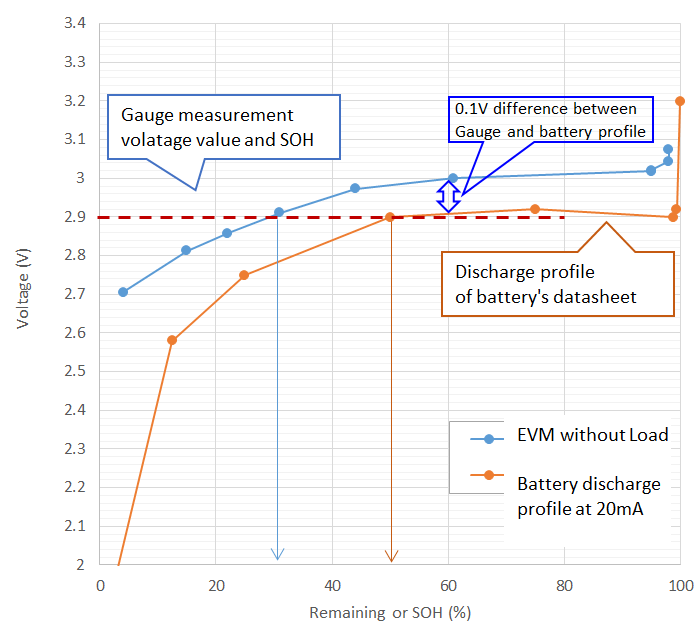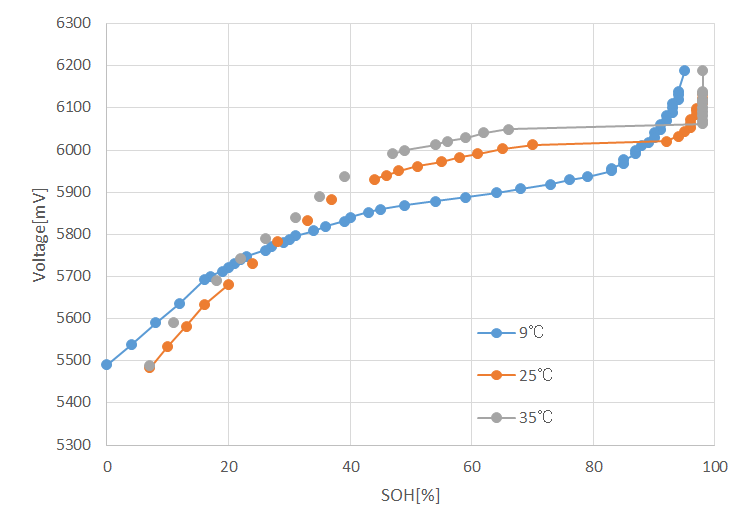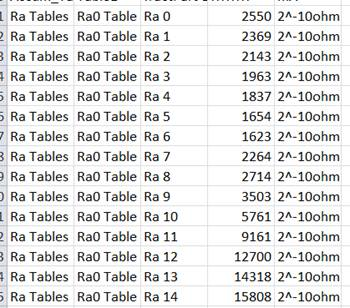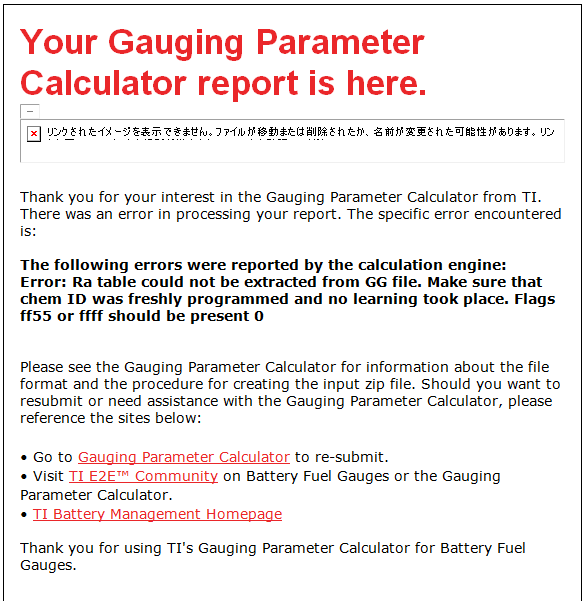Other Parts Discussed in Thread: BQSTUDIO, , GPCCHEM, GPCRB
Hello,
My customer is evaluating the SOH mode with LiMnO2 battery on EVM. But SOH seems incorrect as below.
- SOH decreases always 2% every GE toggling even though supply voltage was not changed.
- Voltage and temperature looks correct value.
Test result and EVM setting are summarized here:/cfs-file/__key/communityserver-discussions-components-files/196/NEC-BQ35100-evaluation_5F00_20200806.xlsx
this is including capture image of register, data memory of BQStudio.
Please check the result and give your advise to the customer?
Best regards,
Katsu






